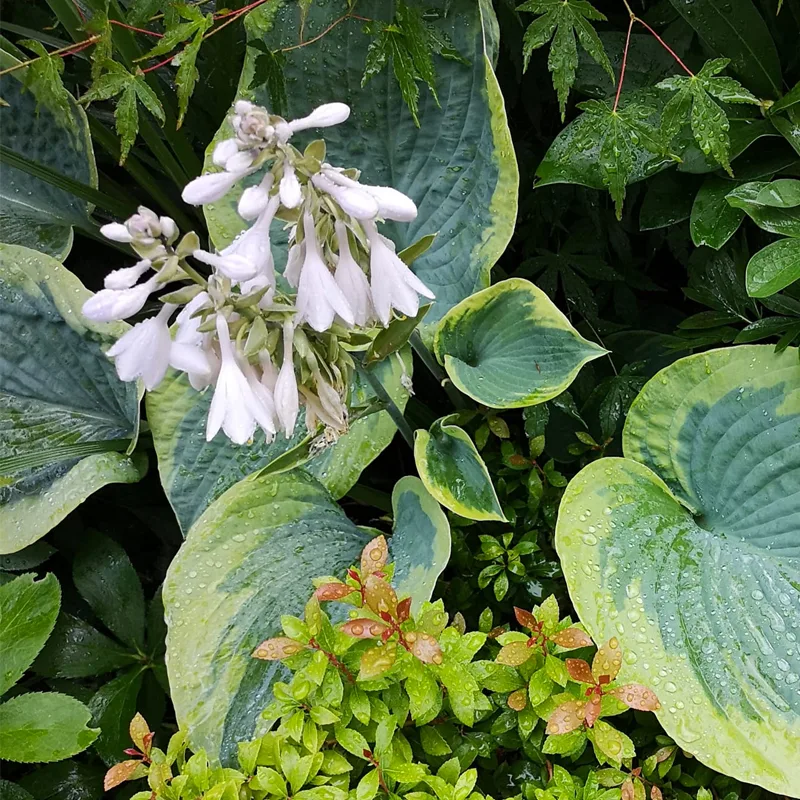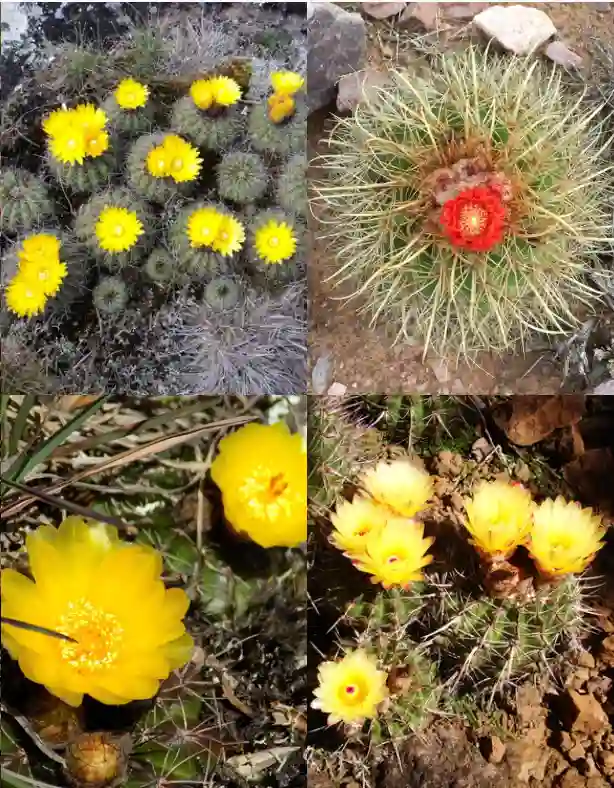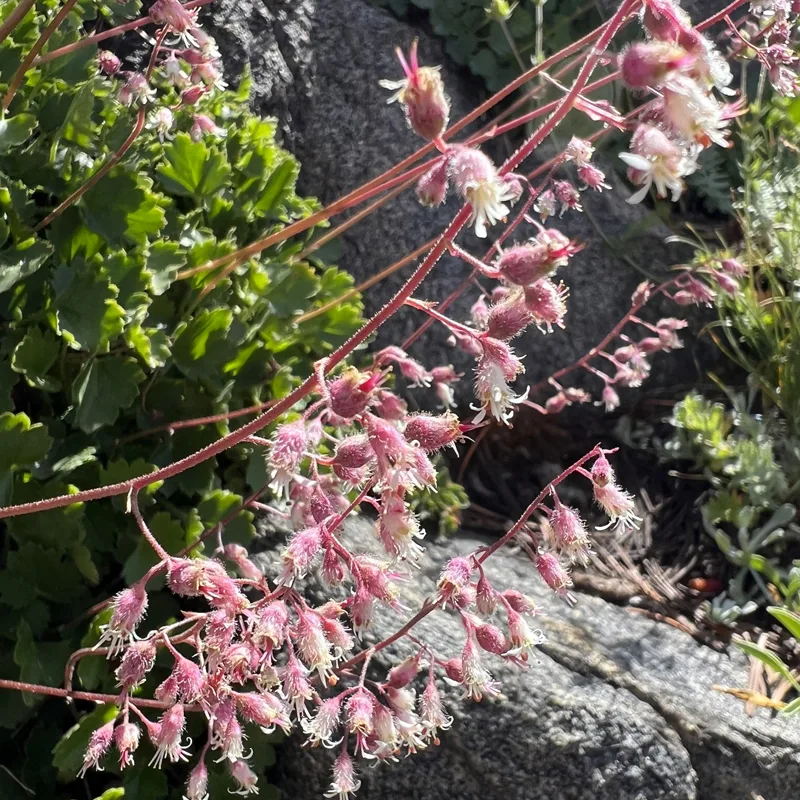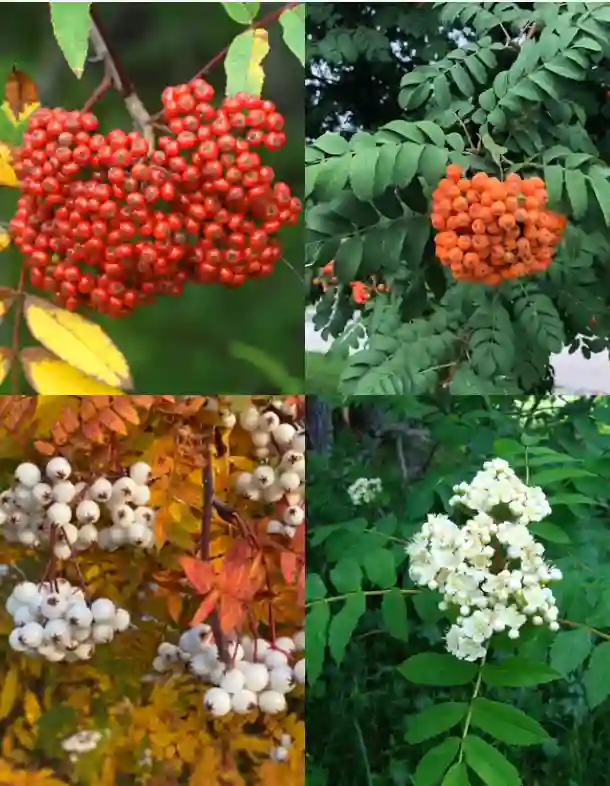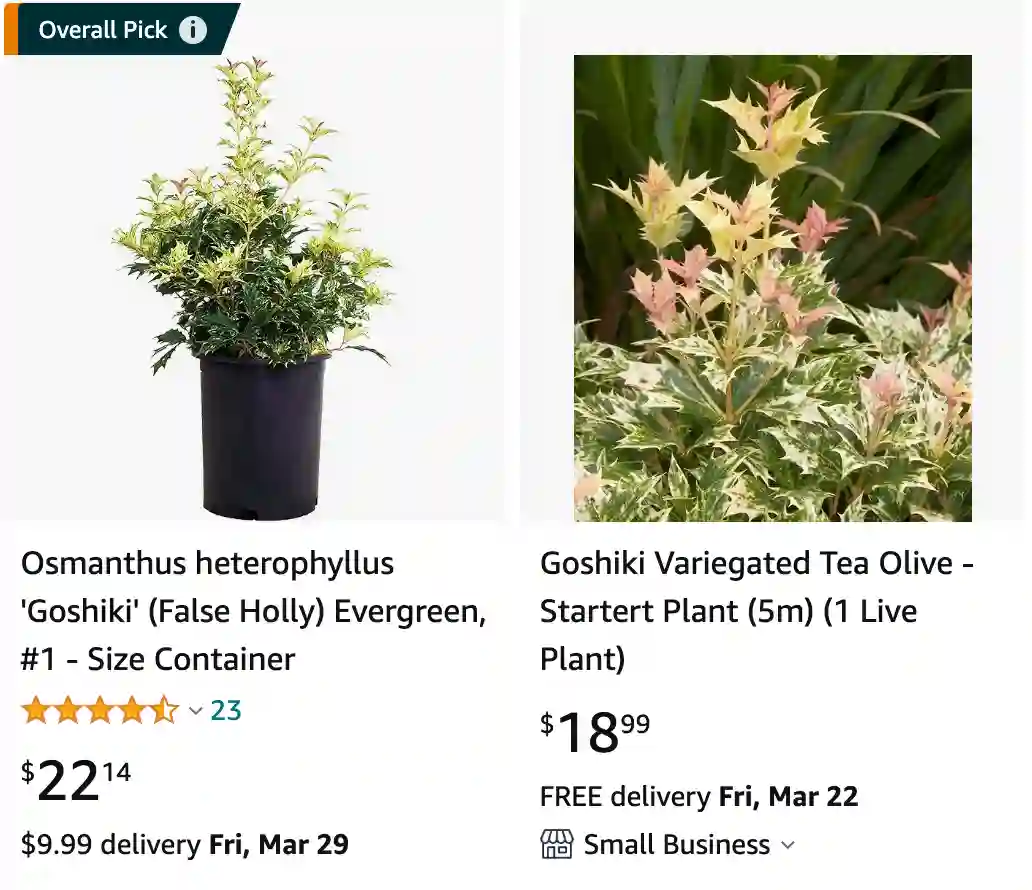
How to care for Osmanthus Goshiki?
Osmanthus Goshiki, commonly known as Goshiki False Holly, is a cultivar of Osmanthus with variegated foliage. Here are some care guidelines to help you keep your Osmanthus Goshiki healthy and thriving:
26 Species in Genus Osmanthus
1. Light:
- Partial Shade to Full Sun: Osmanthus Goshiki grows best in partial shade to full sun. Provide it with at least 4-6 hours of sunlight per day for optimal growth and variegation. However, protect it from intense afternoon sun, especially in hot climates.
2. Soil:
- Well-Draining Soil: Plant Osmanthus Goshiki in well-draining soil with a slightly acidic to neutral pH. Amend heavy or compacted soil with organic matter such as compost or peat moss to improve drainage.
3. Watering:
- Regular Watering: Keep the soil consistently moist, especially during the plant’s establishment period. Water deeply but infrequently to encourage deep root growth. Once established, water as needed to keep the soil evenly moist, but avoid overwatering to prevent root rot.
4. Mulching:
- Mulch Application: Apply a layer of organic mulch, such as wood chips or shredded bark, around the base of the plant to conserve soil moisture, suppress weed growth, and regulate soil temperature. Keep the mulch a few inches away from the trunk to prevent rot.
5. Fertilizing:
- Spring Fertilization: Feed Osmanthus Goshiki with a balanced, slow-release fertilizer in early spring before new growth begins. Follow the manufacturer’s instructions for application rates. Avoid fertilizing late in the growing season to prevent tender new growth from being damaged by frost.
6. Pruning:
- Pruning for Shape: Prune Osmanthus Goshiki as needed to maintain its desired shape and size. You can prune lightly throughout the growing season to remove any dead, diseased, or crossing branches.
- Rejuvenation Pruning: Every few years, consider performing a rejuvenation pruning to encourage vigorous new growth and maintain the plant’s health and appearance.
7. Winter Protection:
- Cold Hardy: Osmanthus Goshiki is generally cold hardy and can tolerate frost once established. However, provide protection during unusually cold winters, especially for young or newly planted specimens, with a layer of mulch or frost cloth.
8. Pests and Diseases:
- Monitoring: Regularly inspect your Osmanthus Goshiki for signs of pests such as scale insects, aphids, or spider mites, as well as diseases like leaf spot or powdery mildew. Treat any infestations or infections promptly with appropriate methods, such as insecticidal soap or fungicide.
9. Container Care (Optional):
- Container Growing: Osmanthus Goshiki can be grown in containers on patios, decks, or balconies. Choose a container with drainage holes and use a well-draining potting mix. Water regularly and fertilize as needed during the growing season.
Is Osmanthus Goshiki deer resistant?
Well, in my experience, I’d say it’s been fairly resistant to deer browsing. I live in an area with quite a few deer, and while they’ve nibbled on some of my plants, they seem to leave the Osmanthus Goshiki alone. Of course, it might depend on your local deer population and their preferences, but overall, I’ve found it to be a good option if you’re dealing with deer in your garden.
How to prune Osmanthus Goshiki?
Pruning Osmanthus Goshiki is something I’ve gotten the hang of over time. I focus on removing any dead or damaged branches first, then I lightly shape the plant to maintain its desired size and form. I’ve found that regular, light pruning helps to keep it looking neat and encourages bushy growth, which is exactly what I want in my garden.
When to prune Osmanthus Goshiki?
I’ve found that pruning Osmanthus Goshiki in early spring works best for me. This timing allows me to tidy it up after the winter months and gives it a chance to recover and put on new growth before the growing season really kicks in. Plus, pruning at this time helps to avoid cutting off any flower buds, ensuring that I still get to enjoy its fragrant blooms later in the year. Overall, it’s become a routine task in my spring gardening calendar.
If i die, water my plants!
